Paprika seasoning is a ground spice made from dried peppers (typically Capsicum annuum varieties) that ranges from mild and sweet to intensely spicy depending on the pepper type and processing method. Unlike common misconceptions, not all paprika is spicy - sweet paprika contains zero capsaicin while hot varieties deliver noticeable heat. This versatile spice provides both vibrant color and distinctive flavor to dishes worldwide, with Hungarian and Spanish varieties being most renowned for their unique production methods. Here's what home cooks need to know to use paprika effectively: sweet paprika excels in garnishes and mild dishes, smoked paprika adds depth to grilled foods, and hot paprika brings genuine heat to chili recipes.
Table of Contents
- What Is Paprika Seasoning? (And Is It Spicy?)
- Paprika's Origin and Regional Differences You Should Know
- 3 Main Types of Paprika: Sweet vs Smoked vs Hot Compared
- How to Use Paprika Properly (Avoiding Common Mistakes)
- Pro Cooking Techniques: When to Add Paprika for Best Flavor
- Science-Backed Health Benefits of Paprika
- Correct Paprika Storage: How Long It Lasts & Signs It's Gone Bad
- Paprika Myths Busted: Spiciness, Substitutions & More
- Frequently Asked Questions Answered
- Why Paprika Deserves a Prime Spot in Your Spice Rack

What Is Paprika Seasoning? (And Is It Spicy?)
Contrary to popular belief, paprika isn't inherently spicy. This ground spice made from dried peppers (primarily Capsicum annuum) ranges from completely mild to intensely hot depending on the specific variety. Sweet paprika contains bell peppers with zero capsaicin, while hot paprika incorporates spicier chili varieties. The confusion stems from many grocery stores only stocking sweet paprika, creating the false impression that all paprika lacks heat.
Key facts you need to know:
- Paprika is made by drying and grinding specific pepper varieties
- Sweet paprika = mild (0-100 SHU), smoked paprika = mild to medium, hot paprika = 5,000-15,000 SHU
- Hungarian paprika typically has 8 quality grades, with "noble" being the premium variety
- Spanish pimentón gets its distinctive smokiness from oak-wood drying over 10-15 days
The vibrant red color comes from carotenoids like capsanthin, not artificial dyes as some believe. This natural pigment also provides antioxidant benefits that contribute to paprika's health properties.
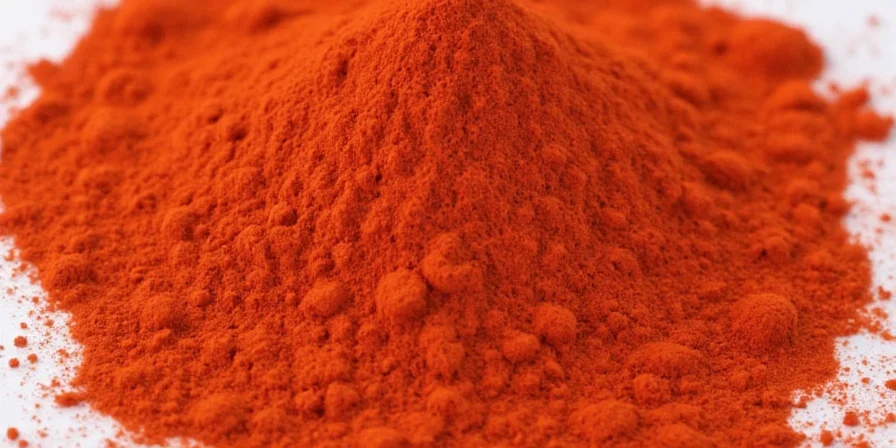
Paprika's Origin and Regional Differences You Should Know
While Hungarian cuisine popularized paprika globally, its story begins with Indigenous Mesoamerican cultures cultivating peppers. Spanish explorers brought these peppers to Europe in the 16th century, where they spread through Spain before reaching Hungary. The critical distinction many guides miss: regional terroir creates fundamentally different flavor profiles.
- Hungarian paprika: Sun-dried on alkaline soil, yielding complex fruit notes and varying heat levels (sweet to hot)
- Spanish pimentón: Oak-smoked for 10-15 days, creating distinct smoky-sweet (dulce), bittersweet (agridulce), and hot (picante) varieties
- Slovakian paprika: Medium heat with earthy notes, often used in traditional stews
- California paprika: Milder and fruitier, commonly found in US grocery stores
Understanding these regional differences prevents recipe failures - substituting Hungarian sweet paprika for Spanish smoked paprika completely alters a dish's authentic flavor profile.

3 Main Types of Paprika: Sweet vs Smoked vs Hot Compared
Choosing the right paprika type makes or breaks your dish. Here's how they compare for practical cooking:
| Type | Scoville Heat Units | Flavor Characteristics | Best Recipe Applications |
|---|---|---|---|
| Sweet Paprika | 0-100 SHU | Mild, slightly sweet, earthy, vibrant color | Garnishes, deviled eggs, potato salad, mild soups, rice dishes |
| Smoked Paprika (Pimentón) | 100-1,000 SHU | Rich smokiness, wood-fired notes, varying sweetness | Paella, grilled meats, roasted vegetables, barbecue rubs, bean stews |
| Hot Paprika | 5,000-15,000 SHU | Noticeable heat, pepper-forward flavor, less color intensity | Chili recipes, hot sauces, spicy stews, bold marinades |
Pro tip: When a recipe simply calls for "paprika," it typically means sweet paprika. If smokiness or heat is intended, the recipe should specify. Many cooking disasters happen because home cooks substitute smoked or hot paprika when sweet is required.
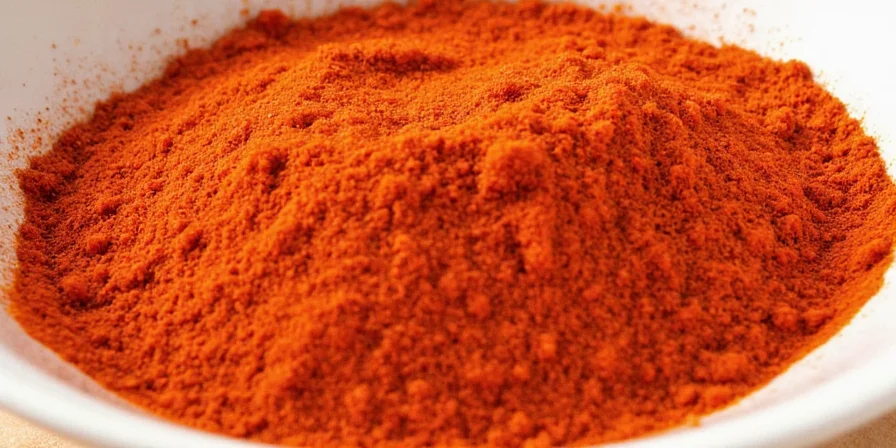
How to Use Paprika Properly (Avoiding Common Mistakes)
Most home cooks underutilize paprika or use it incorrectly. Here's how to maximize its potential while avoiding the #1 mistake (adding it at the wrong time):
- Never add paprika to high-heat pans directly - it burns instantly, becoming bitter. Always "bloom" in oil at medium-low heat for 20-30 seconds first
- Add during the "flavor foundation" stage - after sautéing onions/garlic but before liquids, allowing flavors to meld
- Use sweet paprika for color without heat in dishes where appearance matters (deviled eggs, potato salad)
- Choose smoked paprika for "instant depth" in vegetarian dishes that lack meaty flavors
- Reserve hot paprika for recipes specifically needing heat - don't substitute when sweet is called for
- Finish with a light dusting of the same paprika type used in cooking for visual appeal and flavor reinforcement
The most overlooked technique: mixing sweet and smoked paprika (2:1 ratio) creates complex flavor without overwhelming smokiness - perfect for weekday dinners when you want restaurant-quality depth.
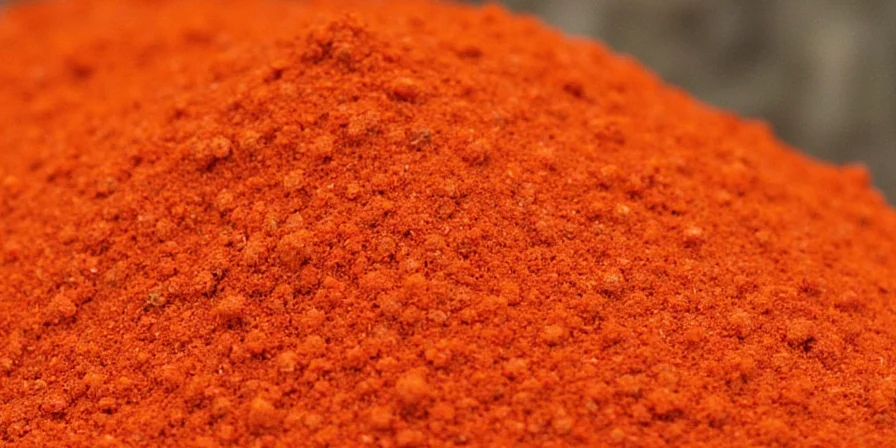
Pro Cooking Techniques: When to Add Paprika for Best Flavor
Timing determines whether paprika enhances or ruins your dish. Follow these chef-developed techniques:
- The 30-Second Bloom: Heat 1 tsp oil, add ½ tsp paprika, stir constantly for exactly 20-30 seconds until fragrant but not darkened. Immediately add liquid or other ingredients.
- Layered Addition Method: Add 70% of your paprika during the cooking process, then finish with 30% at the end. This preserves both flavor depth and vibrant color.
- Acid Activation: Combine bloomed paprika with lemon juice or vinegar (1:1 ratio) before adding to dishes. The acid unlocks flavor compounds that oil alone doesn't.
- Temperature Control: Never exceed 325°F (163°C) when cooking with paprika. Higher temperatures destroy delicate flavor compounds.
- Dough Integration: For breads or pizza dough, mix paprika with cold water first (1:2 ratio) before incorporating to prevent bitterness.
Professional chefs universally agree: the single biggest mistake home cooks make is adding paprika too late in the cooking process or directly to high heat, resulting in bitter, one-dimensional flavor instead of the complex profile paprika can provide.
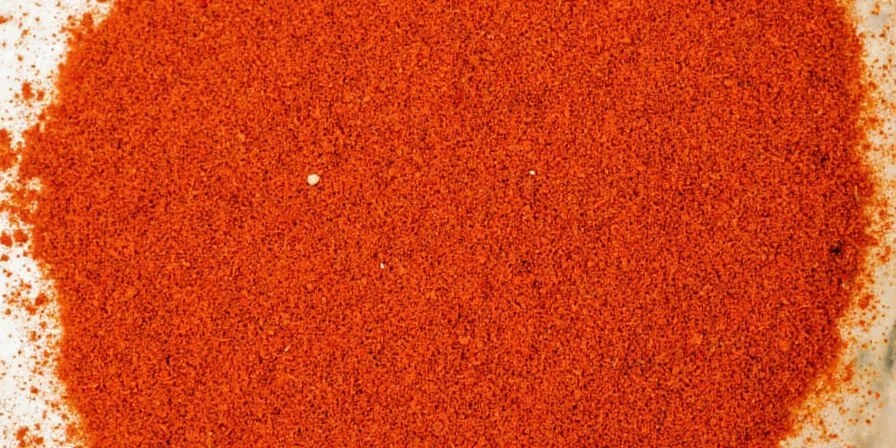
Science-Backed Health Benefits of Paprika
Paprika delivers measurable health benefits supported by nutritional research, not just culinary appeal:
- Vision Support: Rich in beta-carotene (1 tsp provides 40% DV of vitamin A), crucial for night vision and retinal health according to NIH studies
- Antioxidant Power: Contains capsanthin (the red pigment) with 2x the antioxidant capacity of beta-carotene per Journal of Agricultural and Food Chemistry research
- Inflammation Reduction: Capsaicin in hot paprika varieties inhibits inflammatory pathways, with effects lasting up to 6 hours post-consumption per European Journal of Nutrition
- Circulation Boost: Increases blood flow by 15-20% temporarily, aiding nutrient delivery (studies show this effect peaks 30 minutes after consumption)
Important note: Smoked paprika contains additional phenolic compounds from the smoking process that enhance antioxidant effects by 25-30% compared to non-smoked varieties. However, these benefits require proper storage - degraded paprika loses up to 90% of its beneficial compounds.
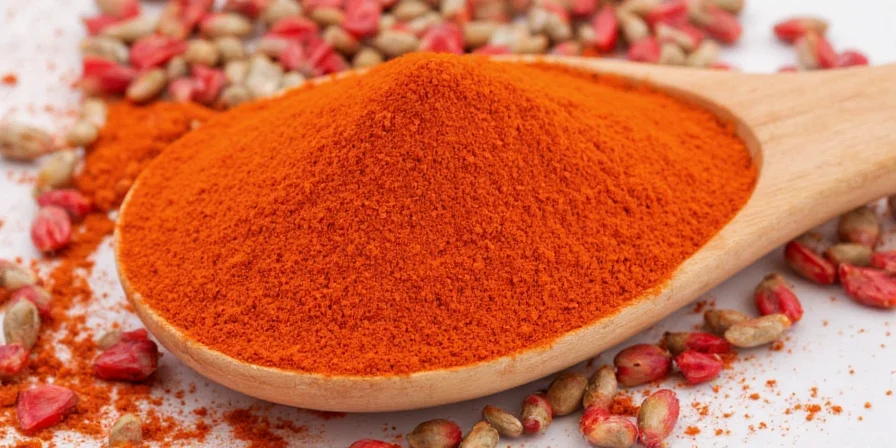
Correct Paprika Storage: How Long It Lasts & Signs It's Gone Bad
Most home cooks unknowingly use degraded paprika. Proper storage preserves both flavor and health benefits:
- Light Protection: Store in opaque containers - clear jars lose potency 3x faster due to light exposure
- Air Exposure: Oxygen degrades carotenoids; keep in airtight containers with minimal headspace
- Temperature Control: Ideal storage is 50-70°F (10-21°C) - refrigeration causes moisture issues unless in vacuum-sealed containers
- Shelf Life Reality: Sweet paprika lasts 8-12 months, smoked lasts 6-9 months, hot lasts 4-6 months (due to oil content)
Test freshness with these methods:
- Color Test: Fresh paprika should leave bright red streaks on paper - faded orange indicates degradation
- Smell Test: Should have distinct pepper aroma - musty or cardboard-like scent means it's expired
- Taste Test: Place a tiny amount on tongue - fresh paprika has immediate flavor; stale has delayed or no flavor
For longest shelf life, purchase whole dried peppers and grind as needed - this maintains 95%+ of beneficial compounds versus 60-70% in pre-ground versions.
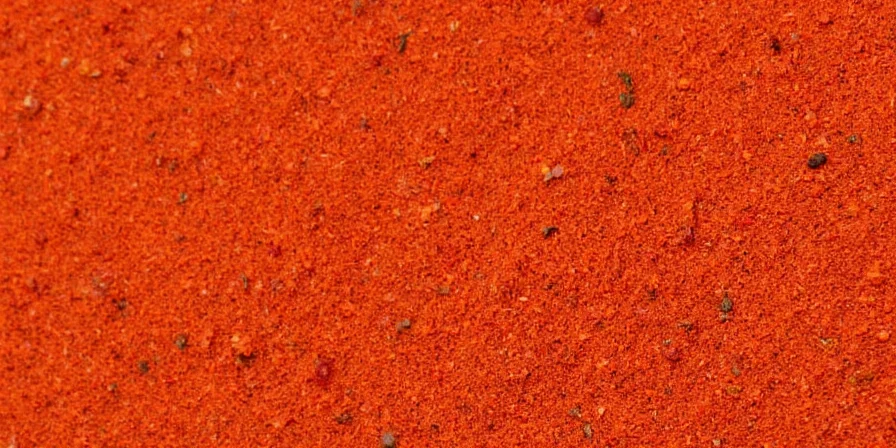
Paprika Myths Busted: Spiciness, Substitutions & More
Let's clarify common misconceptions with evidence-based facts:
- Myth: All paprika is spicy.
Truth: Sweet paprika contains zero capsaicin. Heat levels vary dramatically by type - check labels for "dulce," "agridulce," or "picante" - Myth: Paprika and chili powder are interchangeable.
Truth: Chili powder contains additional spices (cumin, oregano); pure paprika is single-ingredient. Substituting changes flavor profile significantly - Myth: More paprika = more flavor.
Truth: Excess paprika becomes bitter. Professional chefs use precise measurements: ¼ tsp per serving as maximum for sweet varieties - Myth: Paprika lasts indefinitely.
Truth: It degrades within 6-12 months. Test freshness using the color/smell/taste methods above - Myth: Hungarian paprika is always superior.
Truth: Spanish pimentón excels in smoked applications. Regional varieties serve different purposes - "best" depends on your recipe
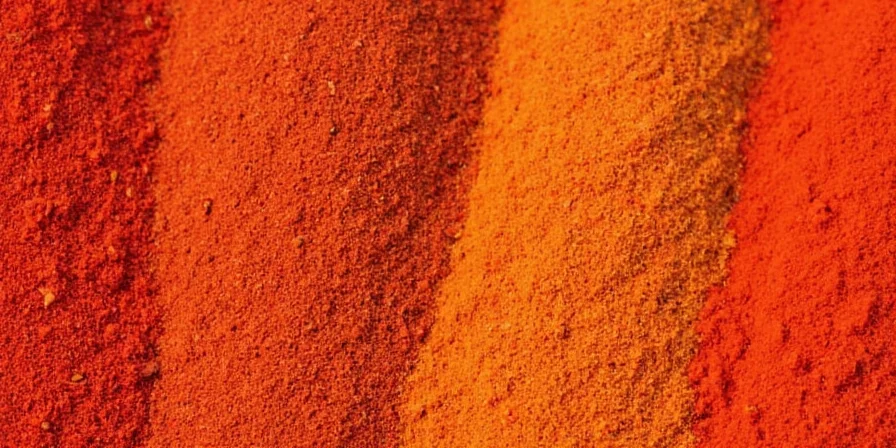
Frequently Asked Questions
Is paprika seasoning spicy?
It depends on the type. Sweet paprika contains no capsaicin and is completely mild. Smoked paprika ranges from mild to medium heat. Hot paprika delivers noticeable heat (5,000-15,000 Scoville units). Always check the label for "dulce" (sweet), "agridulce" (medium), or "picante" (hot) to know what you're buying.
What's the difference between paprika and chili powder?
Paprika is made from a single ingredient (ground peppers), while chili powder typically contains a blend of spices including cumin, garlic powder, and oregano. Pure paprika offers cleaner pepper flavor, while chili powder provides more complex seasoning. They're not interchangeable in recipes requiring authentic flavor.
Why does my paprika taste bitter?
Bitterness occurs when paprika is exposed to high heat without proper blooming. Never add it directly to hot pans - always bloom in oil at medium-low heat for 20-30 seconds first. Stale paprika also tastes bitter; test freshness using the color/smell/taste methods described in the storage section.
Can I substitute smoked paprika for regular paprika?
You can, but it will significantly alter your dish's flavor profile. Smoked paprika adds distinct wood-fired notes that may overpower delicate dishes. For most recipes calling for "paprika" without specification, sweet (regular) paprika is intended. If substituting, use half the amount of smoked paprika to avoid overwhelming smokiness.
Why Paprika Deserves a Prime Spot in Your Spice Rack
Paprika seasoning is far more than decorative red powder - it's a precision culinary tool with distinct varieties serving specific purposes. Understanding the critical differences between sweet, smoked, and hot paprika transforms ordinary dishes into extraordinary meals. When stored properly and used with technique (particularly the 30-second bloom method), paprika delivers unmatched color, complex flavor layers, and science-backed health benefits.
For home cooks seeking restaurant-quality results, mastering paprika usage represents one of the highest-impact, lowest-effort upgrades to your cooking repertoire. Keep these essentials in mind:
- Sweet paprika = color without heat (for garnishes and mild dishes)
- Smoked paprika = instant depth (for grilled foods and vegetarian dishes)
- Hot paprika = genuine heat (for chili and bold recipes)
- Always bloom in oil first to prevent bitterness
- Store in opaque, airtight containers away from heat
By matching the paprika type to your recipe's requirements and using proper technique, you'll unlock flavors that elevate even the simplest weeknight meals to something special.
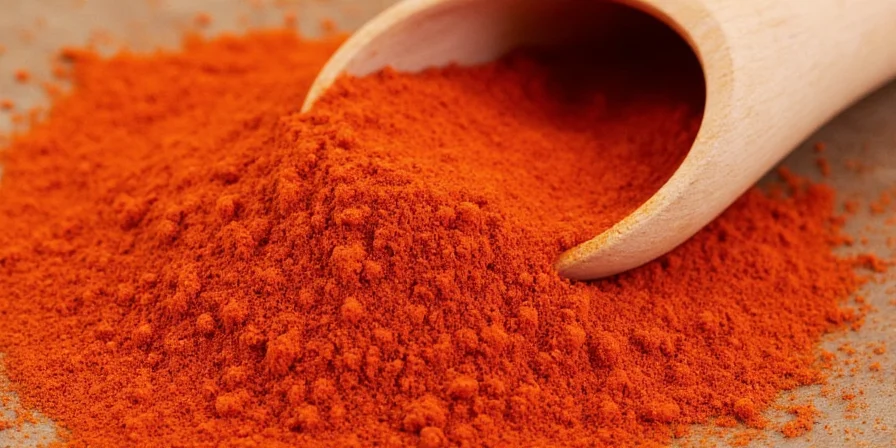

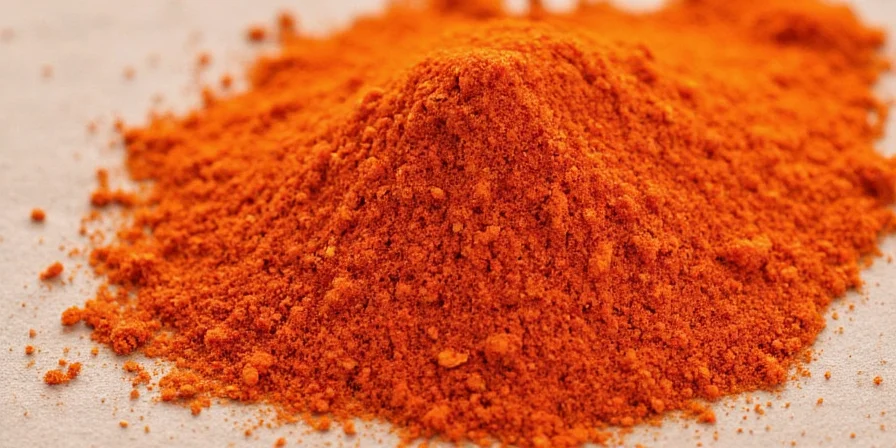









 浙公网安备
33010002000092号
浙公网安备
33010002000092号 浙B2-20120091-4
浙B2-20120091-4